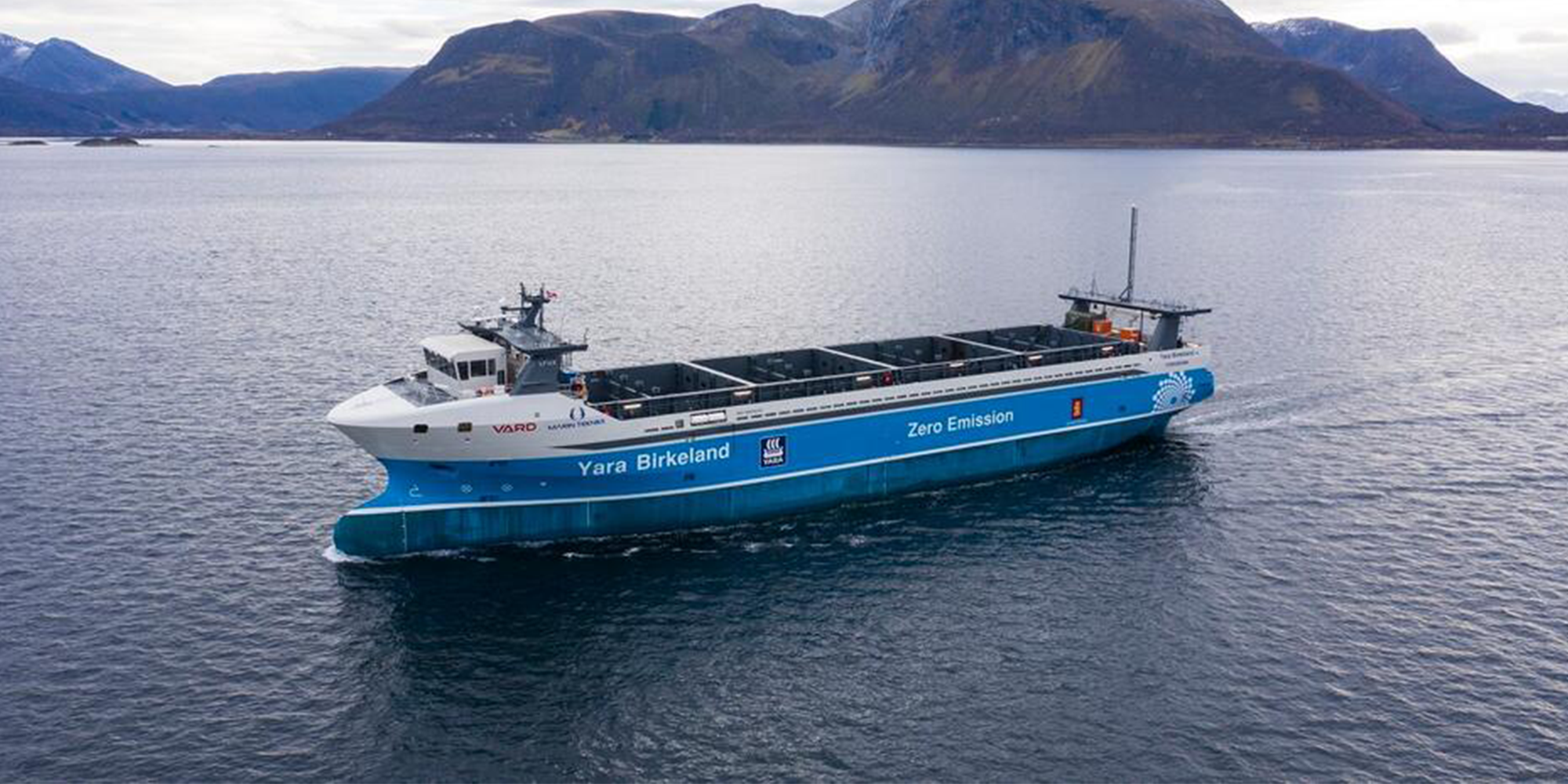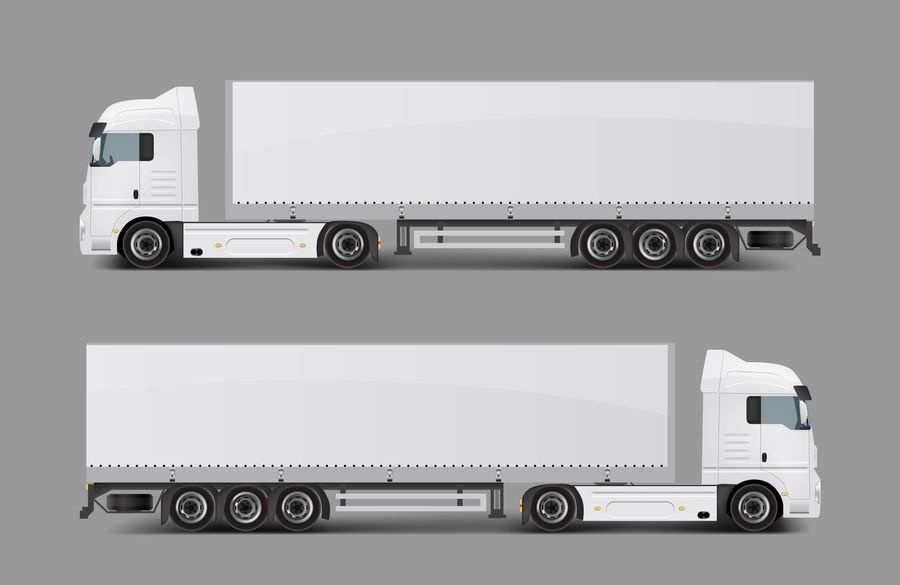Several marine industry associations are focusing on reducing the gas emission from the shipping industry. For instance, according to a report published by the Norwegian Ministry of Climate and Environment, in April 2018, International Maritime Organization (IMO) adopted a plan for reducing greenhouse gas emissions from international shipping by at least 50% by the end of 2050 compared with the level in 2008. Additionally, the IMO strategy includes ambitions to improve the energy efficiency of each ship and to reduce the carbon intensity of the whole marine industry by reducing emissions per unit of transport work done by at least 40% by 2030 and further towards 70% by 2050, according to report published by the Norwegian Ministry of Climate and Environment. Also, in January 2020, according to IMO 2020 regulation, the IMO 2020 rule limits the use of Sulphur in the fuel oil used on board ships operating outside designated emission control areas to 0.50% m/m (mass by mass), a significant reduction from the previous limit of sulfur content by 3.50%. This has also resulted in switching the existing diesel-driven engines with electric or hybrid propulsion systems by the ship integrators and owners.
General Dynamic Electric Boat, Kongsberg, Hurtigruten, BAE Systems, VARD SA – PROMINENT MARKET PARTICIPANTS IN MOBILE CRANE MARKET
In North America and Europe, the market for the electric ship is increasing due to the rising demand for electric ships for fully electric passenger vessels, tugs, yachts, and cruise vessels. Countries such as Norway, Finland, the US, and Denmark have actively started replacing conventional passenger ferries with fully electric passenger ferries. Significant developments in autonomous electric vessels that use fuel cells and remotely controlled electric vessels are also driving the market growth. In APAC, the market for the electric ship is increasing due to the rising sea trade activities and increasing government focus for reducing gas emissions. The government’s focus on reducing the gas emission from the shipping industry has resulted in ship integrators and owners switching the existing diesel-driven engines with electric or hybrid propulsion systems. Therefore, the rising sea trade activities and increasing government focus on reducing gas emissions create a vast opportunity for APAC electric ship market players to produce more electric ships.
Due to highly fragmented nature of global Electric Ships market with presence of a large number of regional and local players worldwide, a few global players and local players focus only on a specific product category. Listing of five key players based on a common criterion such as revenue is, therefore, not feasible. Hence, we have derived “Key Five Players” in the global Electric Ships market by giving weightage to following key parameters: overall revenue, segmental revenue, brand image & industry experience, current Electric Ships portfolio, innovative and advanced technology integration/material enhancements, customer base, geographic reach, new product launches, partnerships, mergers & acquisitions, and other market-related activities.
Most of the market initiatives were observed in Global region, which have a high potential of market-related products, solutions, and services. Few of the important market initiatives from the industry are mentioned below:
| Year | News | Country |
| 2021 | BAE Systems had launched a next-generation power and propulsion system to help marine operators reach zero emissions. It provides a flexible solution improving electrical efficiency and vessel range, increasing propulsion power, and simplifying installation. | Global |
| 2020 | Kolumbus (mobility company) and Fjellstrand (shipbuilder) had signed a contract for the delivery of the world’s first fully electrical fast ferry. This project had received funding from the European Union’s Horizon 2020 research and innovation program. | Global |



